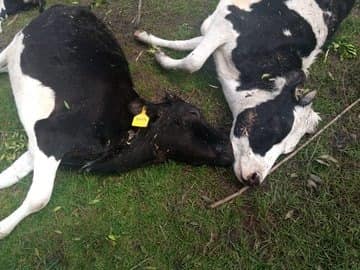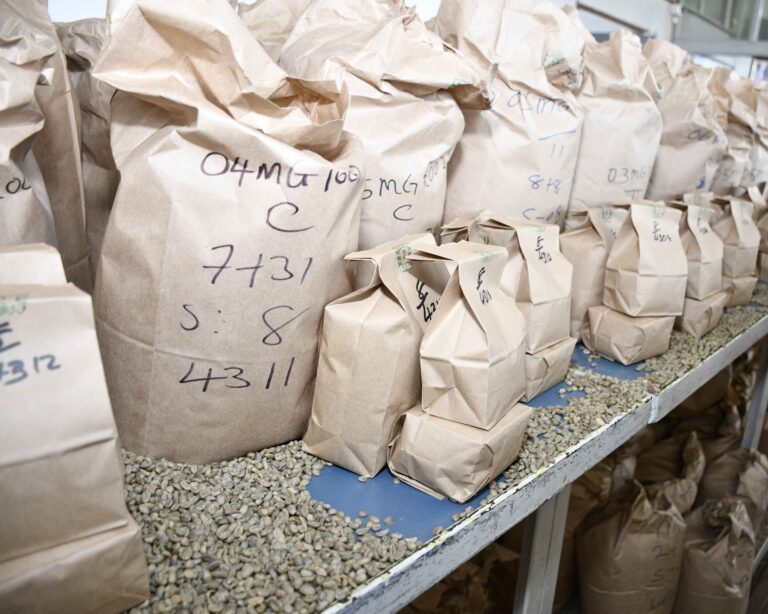Emurua-Dikir MP Johana Ng’eno has been in the news after losing his 22 pedigree cattle worth Kshs. 2.5 million after feeding them with a supplement. He has been quoted saying that he will sue the company and supplier of the supplements. The legislator further says the preliminary report from the government chemist indicates the cows died from excessive urea. Urea is used as a source of non-protein nitrogen (NPN) in feed supplements.
The legislator told a local publication that the product was new and the package of the product did not indicate the composition of the feeds but a local supplier convinced him to go for it. “They convinced me that it was a product on piloting stage. I had my doubts but they even referred me to some farmers in Nakuru and Bomet who were using it but when I called them they denied knowing the product,” he says.
He advises farmers to buy livestock feeds from established and known local suppliers to avoid suffering massive losses like he did
According to a report by The Northern Territory Government of Australia from various experts, urea poisoning is one of the more commonly suspected toxicities of cattle in the top end.
In ruminants, nitrogen from urea is released in the rumen as ammonia and can be used by rumen microflora to synthesize protein. This protein then becomes available to the animal through the normal processes of digestion and absorption.
“However, if more urea is consumed than the rumen organisms can metabolize, the ammonia is absorbed from the rumen into the blood. The ammonia is then converted back to urea in the liver and is then excreted by the kidneys. This pathway can easily be overwhelmed when excess ammonia and urea circulate in the blood, causing poisoning. Poisoning can occur rapidly from a few minutes to four hours after consumption. Suspect urea poisoning if cattle are found dead close to the supplement,” the report says.
Causes of urea poisoning
· Excess consumption of urea.
· Sudden introduction to high quantities of urea.
· Irregular consumption of urea.
· Wet supplement containing urea.
· Urea separating out from the supplement after transport; re-mix prior to feeding.
Signs of urea poisoning
- Twitching of ears and facial muscles
- Grinding of the teeth
- Frothy salivation
- Bloat
- Abdominal pain
- Frequent urination,
- Forced rapid breathing
- Weakness
- Staggering
- Violent struggling and bellowing and terminal spasms.
Regularly, the dead cattle are found near the source of the urea supplement.
The most useful diagnostic indicators are the history of access to urea and the signs shown by live, affected animals. Laboratory tests of blood samples are not very helpful and no specific changes are seen at post-mortem examination.
The general indicators of urea poisoning are history of access to urea and laboratory testing of collected blood and rumen fluid immediately after death may indicate urea poisoning.
Often a large pool of rumen fluid is seen on the ground at the nose of the animal. The animals usually suffer severe bloat and the fluid buildup in gases forces the rumen fluid out through the mouth when the animal dies.












